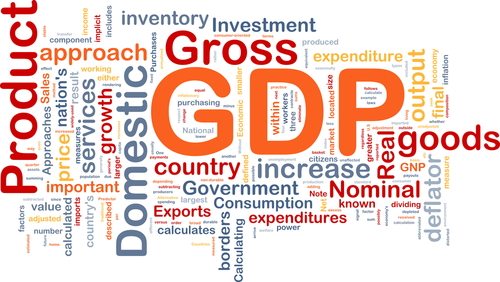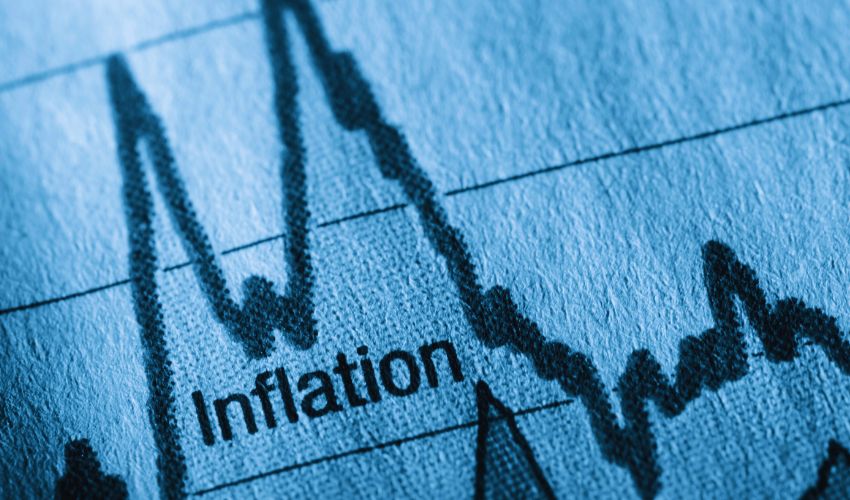Zafar iqbal
The National Accounts Committee’s (NAC) recent upward revision of Pakistan’s GDP growth rate—from 2.7% to 3.6%—has sparked controversy among economists, with former finance minister Dr. Hafiz Pasha challenging the credibility of the claim. The revision hinges on an extraordinary 121% growth in the power, gas, and water supply sectors, a figure experts describe as unrealistic and statistically flawed.
The NAC, working under the Pakistan Bureau of Statistics (PBS), has recalculated GDP growth for FY 2024–25 at 3.04%, higher than its previous estimate of 2.68%. This adjustment places Pakistan above the World Bank, IMF, and ADB projections—each around 2.7–3%. Yet, the IMF’s October 2024 review warned of “important shortcomings” in Pakistan’s data sources, prompting a technical assistance mission, due for completion in June 2026, to improve reliability.
Follow Republic Policy on YouTube
According to official reports, the NAC attributed the dramatic increase in energy-sector output to an extreme heatwave between May and June 2025, coupled with industrial demand following the reintegration of captive power plants into the national grid—an IMF condition. However, independent verification remains lacking, and month-on-month growth data do not support such a steep rise.
Dr. Hafiz Pasha argues that Pakistan’s energy sector remains crippled by structural inefficiencies, particularly the Rs1 trillion circular debt and the government’s new Rs1.25 trillion loan to retire older liabilities. “These loans will further crowd out private credit and increase consumer costs,” he warned, adding that inflated GDP numbers could distort policymaking rather than inspire confidence.
Follow Republic Policy on Facebook
Trade dynamics also cast doubt on the growth revision. The trade deficit has widened again after import restrictions were eased to stimulate exports. Yet, domestic producers continue to face crippling costs compared to regional competitors. High energy tariffs, expensive capital, and policy uncertainty have eroded industrial competitiveness—conditions that contradict claims of booming output.
Follow Republic Policy on TikTok
Officially, Pakistan’s GDP growth jumped from just 1.8% in the first quarter to an improbable 5.6% in the final quarter of FY 2024–25. However, the Large-Scale Manufacturing (LSM) index—an essential economic indicator—contradicts this trend. Finance Division data show a negative 1.21% LSM performance between July and May 2024–25, compared with positive growth the previous year. Even June 2025 output recorded a contraction of 0.74%.
Follow Republic Policy on Instagram
Curiously, the August 2025 Economic Update and Outlook suddenly revised LSM growth upward to 4.14%, a discrepancy that analysts describe as “statistical optimism.” Economists say the NAC’s reliance on incomplete data and administrative reports—rather than verified production metrics—raises questions about methodological transparency.
Follow Republic Policy on WhatsApp Channel
The NAC defends its process, noting that GDP data undergo three stages—provisional, revised, and final—spanning three years. While some revisions are expected, the scale of this upgrade, analysts warn, may undermine credibility. For investors and lenders, statistical reliability is critical to evaluating Pakistan’s fiscal stability and reform trajectory.
In conclusion, Pakistan’s revised GDP figures may offer temporary optimism, but experts like Dr. Pasha urge caution. Unless structural reforms—particularly in energy pricing, industrial productivity, and data governance—are addressed, such revisions risk painting an inaccurate picture of economic recovery. True growth, they insist, will come not from statistical adjustments, but from fixing the foundations of Pakistan’s economy.














